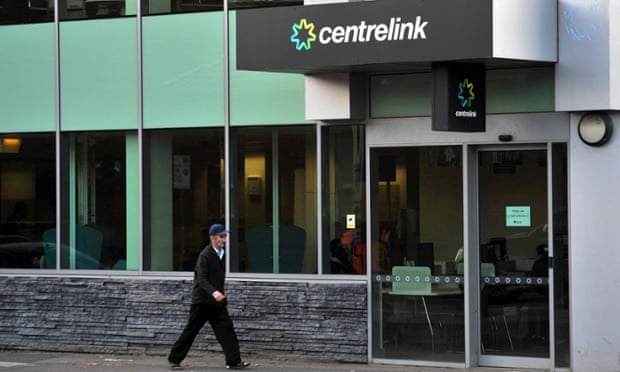MARCH 02, 2015
However, Indigenous Affairs Minister Nigel Scullion told The Australian that as long as jobseekers are taking part in 25 hours a week of meaningful community activities, working for the dole in perpetuity was not a negative outcome.
“I don’t think that is a bad thing,” he said. “They are engaged in purposeful activities in their communities, where they choose to live, and they are choosing to live in an area where there is no economy and a growing population. And while people may say, ‘How can you possibly do this to people?’, there are no alternatives.”
The government is planning to introduce tough new rules for the Remote Jobs and Community Program that aim to end passive welfare and the harmful effects of “sit-down money”.
Under the tightened welfare rules, which come into effect on July 1, jobseekers in remote areas aged 18-49 will be obliged to undertake work-for-the-dole activities for 25 hours a week, five days a week, for most of the year.
Approved activities would include helping getting children to school, aged care, volunteer work, learning to drive and literacy and numeracy training.
Senator Scullion said the scheme could improve living standards, citing unhygienic conditions in remote areas that contributed to chronic disease.
“Many of my communities live on the floor, it is like a cave,’’ he said. “I think that one of the characteristics of civilisation must be that you don’t have to eat at the same level as your animals, it must be something like that. I feel very strongly that we should try to provide furniture.”
On Friday, a Senate inquiry heard there would not be an exhaustive or exclusive list of approved activities as the scheme needed to be flexible enough to meet individual requirements.
Senator Scullion insisted the program would not provide free labour to companies in remote areas, but businesses should be engaged where possible.
He again stressed that the government would take a hardline approach to passive welfare.
“Staying at home like a couch potato with the channel clicker is probably not amongst (approved activities) because this is about moving people from a dangerous and vulnerable place to a more positive place, and ensuring that they are connected with the sort of skill set and the sort of environment that allows them to move into work when it becomes available,” Senator Scullion said.
Consultations on the final design of the scheme — including potential for annual and cultural leave — is continuing with remote communities and job-service providers. The policy will apply to both indigenous and non-indigenous recipients of Newstart and Youth Allowance in 60 remote areas, covering 76 per cent of Australia’s area.
About 37,000 people are covered by the Remote Jobs area, 83 per cent of them Aboriginal or Torres Strait Islander.





